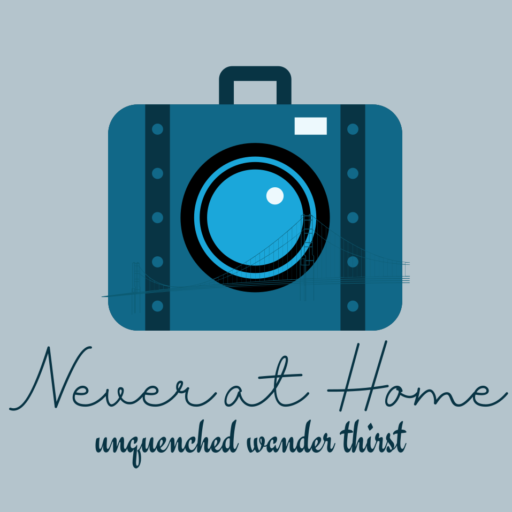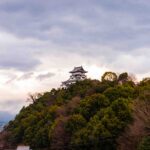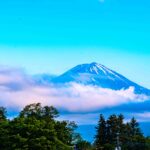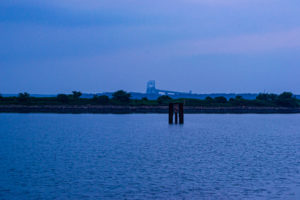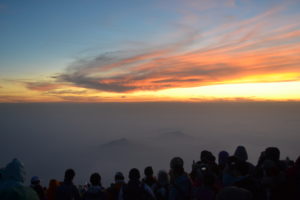
Mount Fuji Climb
A wise man climbs Mt Fuji once, a fool twice
Anonymous
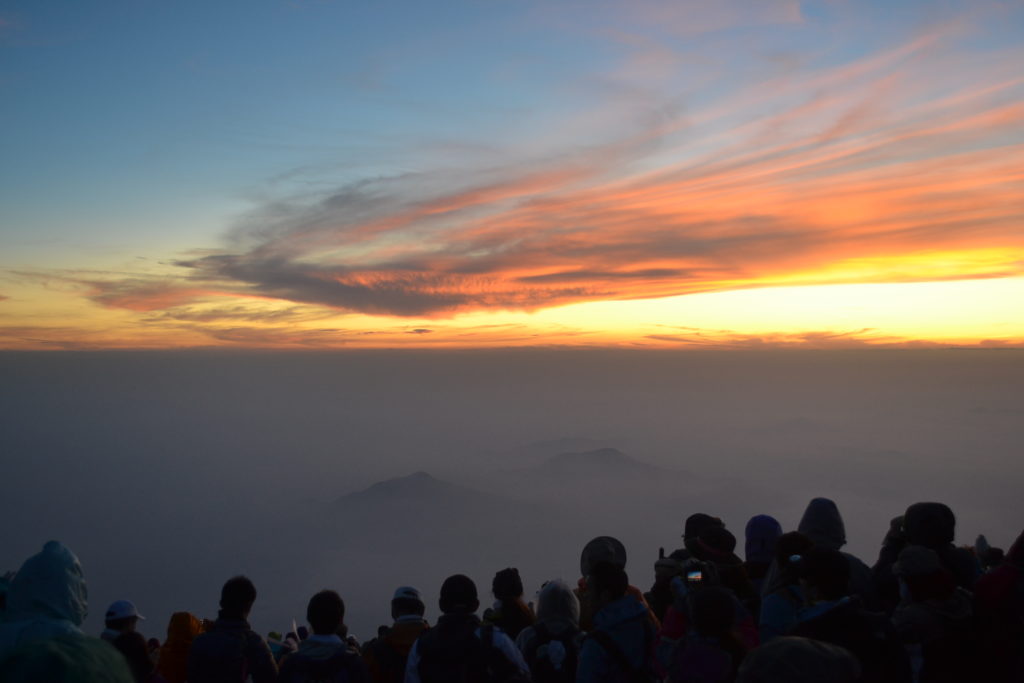
Mt Fuji is one of the few mountains to have a proverb about it and it is repeated in a self-deprecating manner by those who have climbed it more than once. Self-deprecation is the humour of the humourless, and generally comes across as an attempt at lame conversation.
To each country its obsession and to Japan it is climbing Mt Fuji ,quite like avoiding all sorts of strenuous physical activity in India(self-deprecation?). Almost everybody in Japan has tried it or at least thought of trying it .
I first visited the 5th station(the base point for most climbers) 4 years back and the thought of climbing it all the way to the top first crossed my mind. But the opinions about the climb have varied in direct proportion to the number of people I have asked. The extremities in opinions have ranged from it being as easy as a walk in the park, to being extremely difficult and dangerous. One friend with a rather morbid sense of humour went so far as to suggest that if I tried it I might not make it back.
An extended weekend in July was the ideal time to give it a try. I left myself with little excuse to avoid it after buying a pair of rather expensive hiking shoes
For those who are not aware, Mt Fuji has a few climbing routes. The most popular is the Yoshida trail. You can reach the 5th station of the summit by bus and start climbing from there. The 5th station starts at around 2400 metres and the peak is around 3776 metres. The climbing season is for 2 months in a year between July and August. The rest of the year the mountain is covered with snow and off-limits for ordinary climbers. Every year people die trying to climb the peak in off-season, slipping and falling from the mountain being the primary cause. I would come to know later that people die in the climbing season too.
12:00 PM
I am standing at the ticket counter of the Shinjuku Chuo Highway bus station to collect my ticket which I have reserved over phone. I am sweating in 30 degrees temperature with 90% humidity and wondering whether my body is going to bleed out all salts even before I even catch a sight of Mt Fuji. But the chance to look at travellers and guess their destinations looks to be a good way to pass time. A handicapped man with a leg cut at the thigh heads to the counter. He carries climbing gear but goes to the Nagano bus counter. A middle aged, visually handicapped man supported by a lady walks in. I cannot determine where he is going. Japan is a handicapped friendly country, which provides special access, support(the rail staff personally help you get in and out of trains)for its citizens who suffer from any types of disabilities. So a disabled man climbing a mountain doesn’t seem farfetched.
My bus is announced and I am the first to board it. But my seat is the last one on the aisle , facing the toilet door. I curse under my breath and think of it as a bad start to a trip. A middle aged man comes and sit next to me. The bus starts and he starts a conversation, asking me about my destination in reasonably good English. I compliment him on his language and that increases the tempo of the conversation. He tells me that he has climbed Mt Fuji twice, and gives me advice on breathing technique to get used to the high altitude. He is dressed casually, ordinary clothes carrying a bunch of pamphlets from Yodobashi Camera(computers and appliances shop). I place him as an office worker, unmarried going to his hometown for the long weekend. The conversation drops off as we both take naps . The 3 day weekend traffic is starting to build up and there is a long queue at few toll booths. Eventually we would reach Kawaguchiko 25 mins late. The journey is coming to an end and the last but one stop nears. My bus-mate takes out his visiting card and hands it to me. It says professor at a medical school and specialist in respiratory diseases! Now his advice on breathing techniques makes sense and I reconfirm it with him. He has 3 kids and lives in Tokyo. Well you judge some and you don’t judge some
As I reach Kawaguchiko late, I miss the connecting bus and have to wait for another 40 mins for the next bus to the Yoshidaguchi 5th station. When the bus arrives I manage to get a seat. A fellow Indian who is part of a 3 member group comes and sits next to me and tells me that this is the 2nd time he is climbing Mt Fuji. However I do remember I did not see him at the top. There is Canadian teacher sitting behind me accompanied by her Russian boyfriend. A student from Kansas studying in Tokyo picks up a conversation with her and is throwing around the F word in describing his life in Japan. I wonder from when has the F word become a normal part of conversation between two strangers in the middle of a crowded bus. I would hear a similar conversation again at the 8th station between a group made of 2 men and 2 women. The women were going to stop at the 8th station but the men were going ahead. Either I am Rip Van Winkle or suddenly the world is losing politeness at a fast rate.
17:00
There is a chilly wind blowing at the Yoshidaguchi 5th station. I zip up my jacket and find a rock in the middle of the square to put my gear on. Groups are collecting, taking instructions from their leader and starting the climb.
The main reason why people fail to climb Mt Fuji is due to altitude sickness. The first advice for any climber is to acclimatise at the base camp, get used to the thin air before climbing. I do precisely that, breathing in twice, breath out four times as suggested by the good doctor, stretch my legs, look around and try to guess who will make it and who will not. There are a few dressed in jeans and a few who look dressed for a party. I immediately cross them out of my list. There is a man with a sizeable belly straining against his shirt , I am about to cross him out of my list when I see a pair of sturdy legs beneath. The muscular calves and strong knees make him a prime candidate. I would eventually see him at the top.
17:30
Having spent enough time I start out at 5:30 PM from the 5th station. The route rises gradually and poses little challenge. I see a few carts parked on the trail which are horse driven and can take you to the 7th station for a cost of 14,000 Yens($140). The crowd on the trail is sparse as I set out but starts growing as I get ahead. The trail here has the look of a construction site, gravel strewn everywhere. It is easy to walk on, the only limiting factor is the sudden exercise after a long period of sitting in one place.
I guess that the gravel is used for making the trail more walkable. As I will discover later volcanic ash is not the ideal soil to walk on.
There is a friendly Vietnamese group whom I pass. We start in English but finally switch to Japanese as that is something he is comfortable in. I pull out my getting friendly with foreigner routine.
Me: I like Vietnamese food very much( I really do)
Him: I like Indian food very much
Me: I like Vietnamese chicken curry.
Him: I like Indian beef curry.
End of Conversation.
It is a friendly bunch of around 10 men and women, teasing, cajoling each other. But at the 8th stage I saw a bit of shouting going on. The flared tempers continued after that, I did not see any good humour from the 8th stage onwards. I think a few made it to the top, but not all.
The 6th stage comes soon(30 mins), and I am only slightly out of breath. Altitude sickness still hasn’t shown itself. The only worry is the weather. It is starting to get windy and there are bursts of rain.
My t-shirt is drenched in sweat and the cold wind is starting to penetrate my winter track-suit. I rest for 10 minutes at the 6th station. It is lined by volunteers handing out pamphlets and shops providing food and rest.
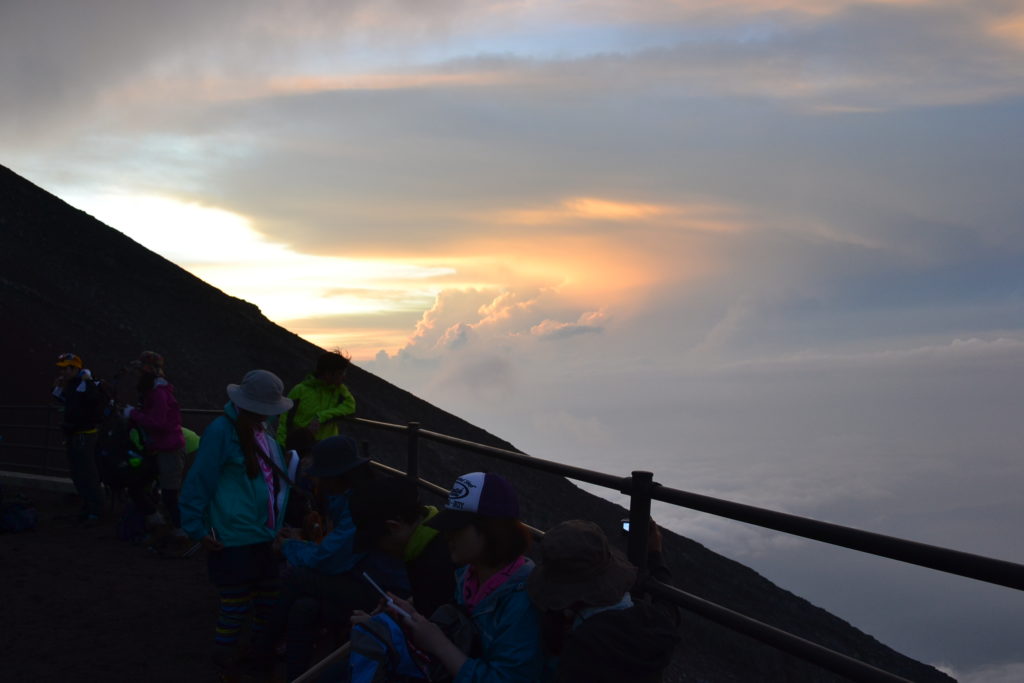
19:00
The trail is getting steeper and becomes less of gravel and stone and more of only stone. The weather is getting worse. The wind is getting stronger, the rain falling harder and I am getting wet. The lack of a waterproof jacket is beginning to show its effect. Water is seeping inside my jacket and mixing with the sweat. There is a stop before the 7th stage and I sit down to catch breath. I am wet, cold, shivering, but no altitude sickness. I reach the 7th stage in this condition. The cold has finally got to me. I go to a 100 yen per use toilet and change my t-shirt and put a cardigan below my jacket.
Now I am warm and ready for the trail. The rain is stronger than before and the wind has promoted itself to a minor storm. The trail is steeper and rockier and as a result of the rain, slippery. Half an hour after the 7th stage it is dark. I am carrying a flash-light but it is my back-pack and I am not able to find it in the dark.
So I go to the first station after the 7th stage without a torch. I start to slip a few times. A kindly lady in front of me realises this and starts to shine her flashlight down for me. The crowd on the trail moves slowly step-by-step and I am getting used to it. A few more slips, a few more rocks banging my shins and I am doing better. There are a few guided groups in front, including the kindly lady in front(she is from a Nagoya group).
The group guides shout encouragement, and as the rain and wind turn into a full fledged storm the humour in the crowd disappears. I can hear people cursing the rain, a few of the older set in the crowd are starting to fall back. They stop at spaces in the trail, the flashlight suddenly shining on a slumped form. They rest and they start again, goaded by the guides and whoever is with them.
I see a young couple sitting by the side, the lady crying evidently not able to go on. The man is comforting her and even though I cannot hear them talk the body language is clear. They are abandoning the climb and going back.
The kindly lady in front is still helping me, till I reach the next stage and pull out my flashlight from my backpack. But using a hand-held flashlight has its disadvantages. It occupies one hand, which otherwise would have been holding a stick and giving me balance. But I persevere and go forward. I come across the kindly lady in front again and she sees my flashlight and says something like’ good for you’.
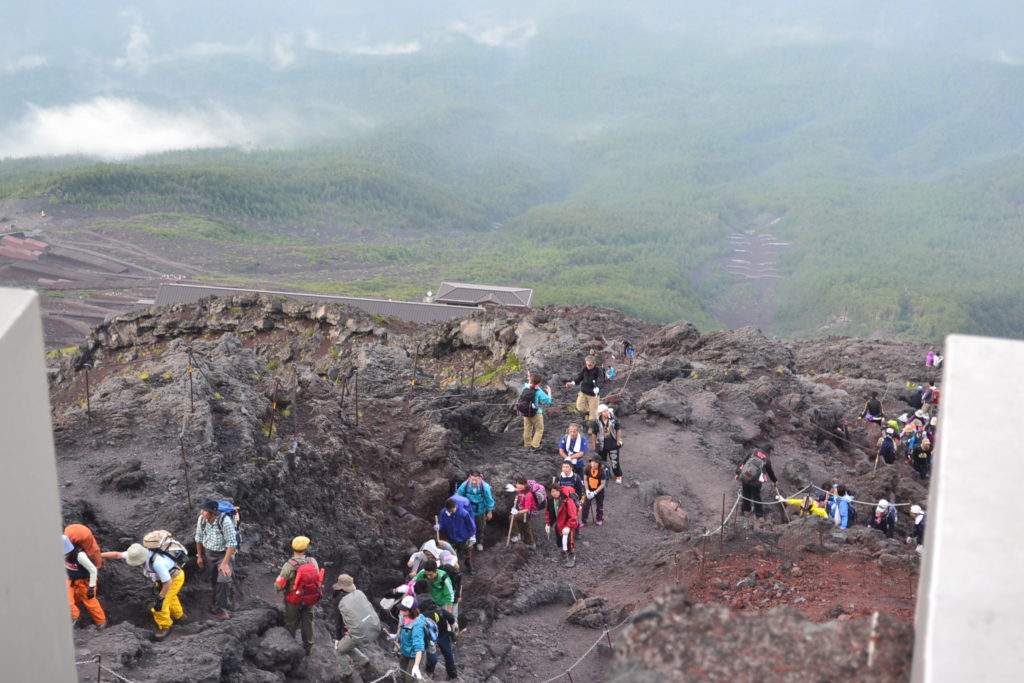
20:00
I cross the first station after the 7th stage. The wind is really scary now, it has the strength of blowing a person off the mountain. I stop when the gusts become strong and start when they fade. With each gusts comes a shower of gravel which catches me on the face. So I stop with the gust turn down my face and cover my eyes. The 2nd stop after the 7th stage, I sit down for a rest, put down my flashlight on the bench and take out a bottle of juice for a sip. My hands are freezing, so I take out my gloves and put them on. I catch my breath and do my breathing exercises again and start. After a few steps I realise my flashlight is not in my hand. I stop, check my bag, no flashlight. I am cold, tired and realise that the wind must have blown away my flashlight when I put it on the bench. It is a setback, and not a small one.
I realize that it is difficult to get ahead without a flashlight. It is around 9 PM and I have at least another 4 hours climb ahead and doing it in the dark is going to be a challenge.
I decide that I can rest in the lodge at the stop and start early in the morning. I ask the lodge attendant if I can sleep there. He says its crowded and only those who are ill can rest here. There is another lodge 5 minutes climb ahead, he says. You can check there. I climb for 5 mins, another 5 mins and another 5 mins and a lodge comes. I check there, he says sorry no room.
I decide to check the next lodge, and same answer. I get the same answer at all 5 lodges on the way.
23:00
I rest for a while and hike another half hour and come to another lodge, same problem. Its 11 PM now and the lodge is closing and the head of the establishment asks all travelers to move away from the lodge as they are closing. He says sit out in the open, as that is the resting area. I think he means, go get hypothermia.
And then I realize that I have hiked for the last 2 hours without any problem. The rain has stopped and I am used to the trail. I have not slipped once in the last 1 hour. So I get ahead and reach the 8th station.
I know I am going to the top now. The altitude is showing its effect now. I feel slightly nauseous. There is food in my backpack, but I cannot eat it. I realize that if I hike, the nausea disappears. So I rest for 10 mins and start. I reach a station which is station 8.5. There is no 8.5 on my map. Somebody near me says Station 9 is a little ahead. I have forgotten the map now and the only thing on my mind is to take a step after step. I don’t look up to find where the destination is and go ahead. More people are stopping on the way now. The wind is very strong now and it is freezing. My t-shirt is again soaked with sweat. The wind is penetrating my jacket and I am shivering. But adrenalin is pushing me on now. I know I have to get to the 9th station and then summit will be easy.
I remember the doctor on the bus telling that the climb from 8th station to 9th station is the toughest. There is a human jam on the trail now. At points I have to wait for 10-15 minutes at certain points. The wind is howling and pushing people now. I see quite a few slips and many more stopping besides the trail. The progress is getting slower and slower. At one point a volunteer appears and informs the group about the jam and asks people to move on without stopping. I have to admire him for volunteering at 2 AM in the night , hours climb from the nearest point and helping the weary travelers along.
I think I remember reading that the climb to the 9th station takes 80 mins. But it is close to 2 hours and I am nowhere near any station. The mountain peaks inwards, so looking up is no use. In the limited visibility I can see few rows of people ahead of me.
The climb from the 8th stage is a vertical climb where at place you need to use your hands to pull yourself upwards. It does come close to a rock climb at places. The danger here is tired hands missing grips and tired legs losing footing. On top of that there is a strong wind pushing people away from the rocks.
I have stopped looking at my watch, keeping track of the slow progress does not make sense. There is a heavy fog and visibility is down to a couple of metres. I have no clue how far I am from the last station or how near to the next. I climb a little more and then I reach another landing.
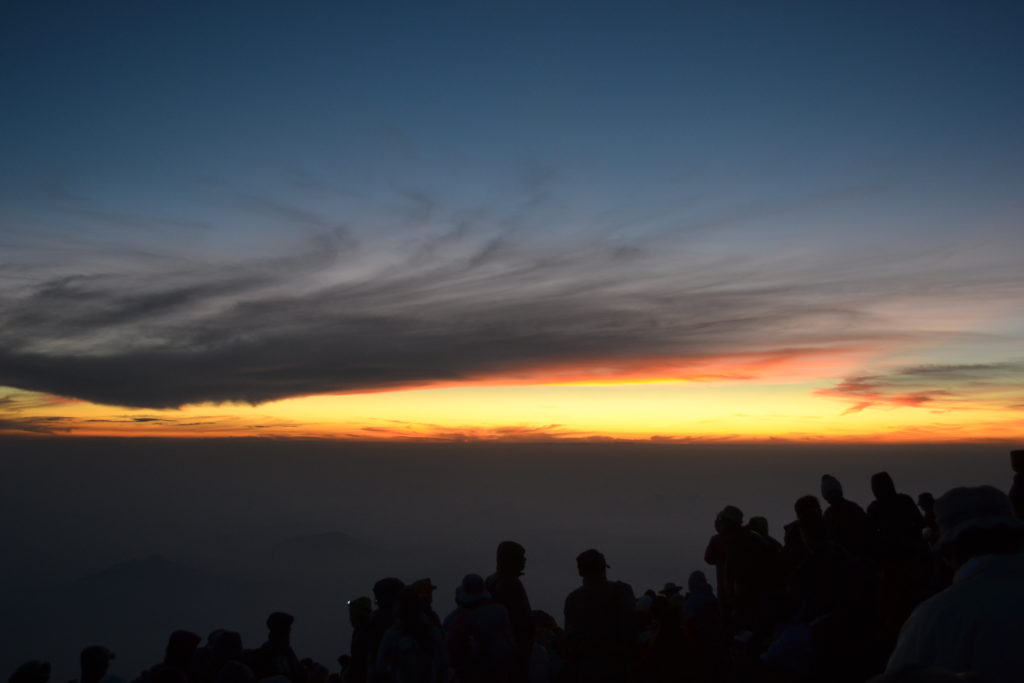
03:30
9th station at last, I think and then look around. People around me are shouting ‘Yatta, Yatta’( Did it), hugging each other. And then it sinks in, I am on the top. I have missed the 9th station. It has taken me 10 hours to reach the peak. The climb should take 6-7 hours but because of the bad weather and the heavy crowd it has taken me much more longer. And I am amongst the earliest to reach the peak. There are groups still coming up, hugging each other as they realize they are on the top.
There is a seating area for watching the sunrise. I sit for sometime hoping to catch a good view, but it is to cold and windy. The rain has started again. I walk over and the shops on the peak start to open. I am not kidding, there are 3 shops serving tea, coffee and food. People make a rush to get a seat inside the heated shops, most just content to sit in the warmth. Then the shop attendants start to egg people on to buy food or vacate their seats. A few order food just for the sake of remaining seated.
I come outside again, wanting to take some more photos. But the mist clouds my lense and I manage to get a few blurred snaps of the shops and a lion statue outside the shrine. The shrine has opened up at 4 AM and people are queuing up to get inside. I can see 3 priests stamping the sticks carried by the people.
I see the visually handicapped person from Shinjuku station at the top accompanied by two women. My tiredness vanishes seeing this sight. Two women have helped up a man who cannot see to the top of Mt Fuji on one of the most difficult climbs. Seeing this, I know I have captured what climbing the peak is all about. I cannot see sun-rise, the main reason why I have climbed all night to reach the peak. But sun-rises and sun-sets do not drive me to ecstasy. The spirit of the climb is to do something which is outside our comfort zone, its about overcoming fears ,climbing out of the walls we have built around ourselves and overcoming the mountains of the mind. Even though I did not see the sunrise due to the bad weather, to see somebody else overcome a handicap to climb this mountain, is as rewarding as watching a sun-rise. Its time for me to go back.
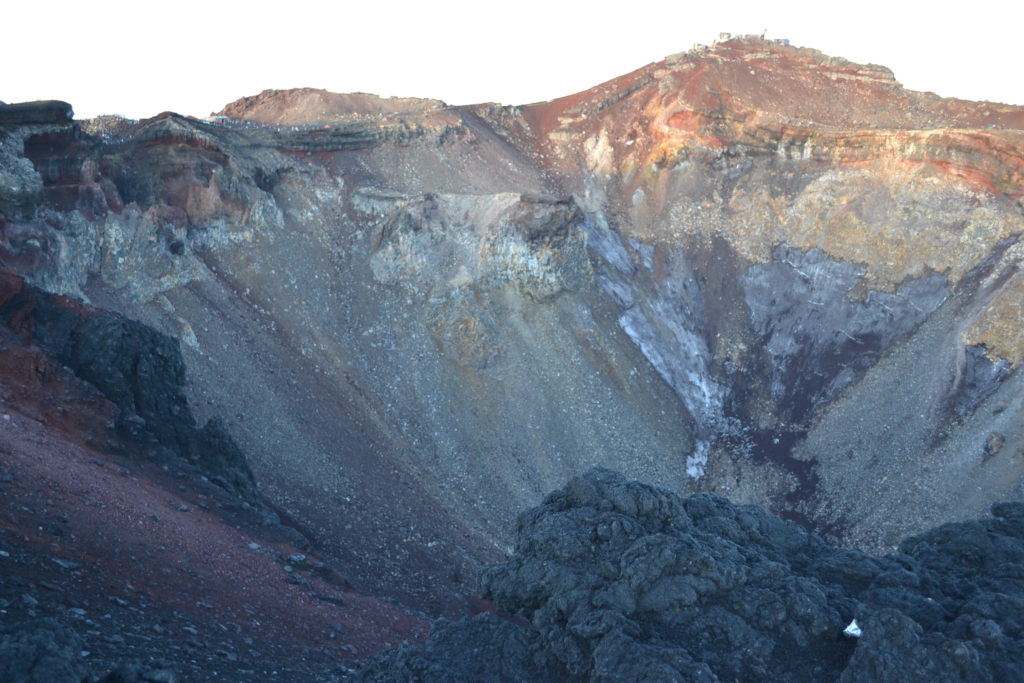
05:30
I start back on the Subashiri trail which is supposed to go around the crater. Mt Fuji last blew in 1707 and it did it on its side. The walk back is supposed to give a view of the crater, but the mist has cut visibility to a few metres and the storm is stronger now. The trail down is made of volcanic ash and is easier to climb down than climb up. I see a few groups climbing up using this route. They are clearly exhausted and try to rest on the side of the trail. There are spots of snow on this trail, not surprising as the trail has opened only 3 days back.
The way down is totally featureless , a winding volcanic ash road. At some point it meet the Yoshida trail and allows a quick descent. I am in a hurry to come down as I want to catch the first bus at 08-30. But in my hurry I miss this junction and go down the Subashiri trail. The last 1.5 hours climb is almost vertical and more suitable for Ski jumping than walking. The trail is a torture invented to test human endurance and the capacity to endure pain. The vertical slope and the loose soil guarantee slips on the way. Tired legs cramp on each slip and a few times I have to wait till my cramps heal out. The wind is blowing me down and pushes me down even more.
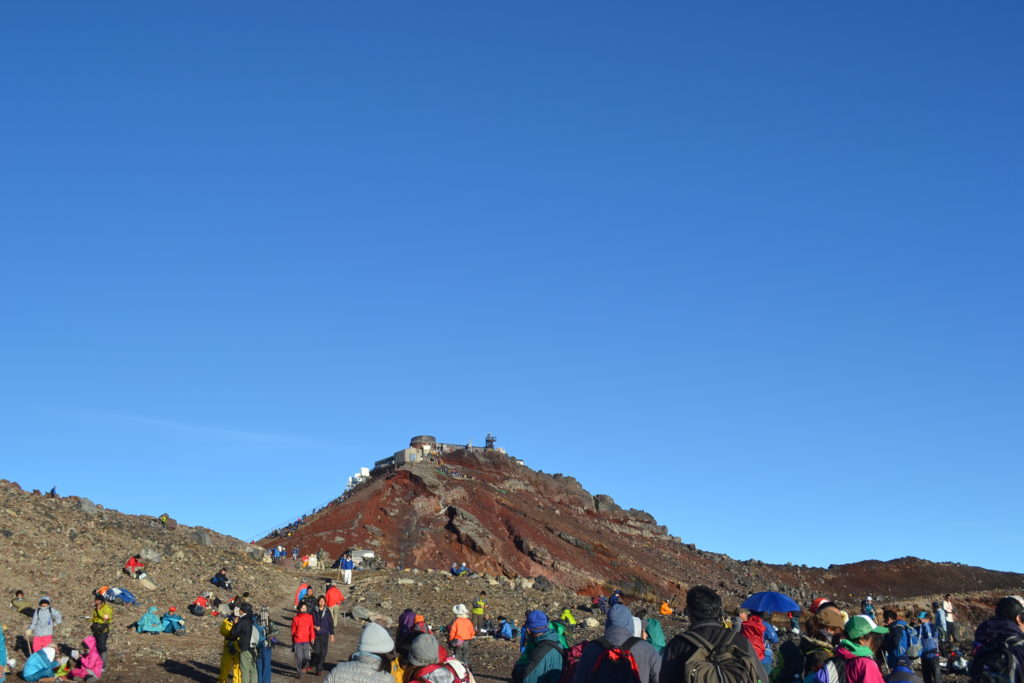
09:00
I reach the bottom of the Subashiri trail, and get a bus to Gotemba station. Gotemba town is a garrison town with the wide open spaces which are the trademarks of military towns. There is a go-kart racing track, a riding school , conveniences of a moneyed life-style. I take a train change over at Matsuda and reach Shinjuku at 12:30.
I have not slept for more than 24 hours and when I see my face in the bathroom mirror I see blood-shot eyes. I understand the reason for the looks I am getting in the train, my dried sweat smell might also be a contributing factor.
Did I enjoy my trip? Probably yes, in a masochistic suffering- is good-for-you sort of a way. Will I do it again? Probably not anywhere in the near future. The last 15 hours have been probably been the most miserable hours of my life ever. The cold, the tiredness, and the very real danger of the strong winds, is not a feeling I would want to experience again soon.
The climb to Mt Fuji is highly underestimated based on the height of the mountain. Even though it is a highly commercialised climb, with guided tours being conducted, the last 2 hours test every strength or weakness the human body has.
There was an update today, 2 men who climbed the mountain at the same time as me, died . At some point during their descent they got separated from a bigger group and went missing. Both men died due to exposure. How and where, are a little unclear as of now. But the fact that this is no walk in the park is highlighted again. The challenge is to prepare and understand the limits of your body.
When you test and challenge your limits you understand yourself a little better!
